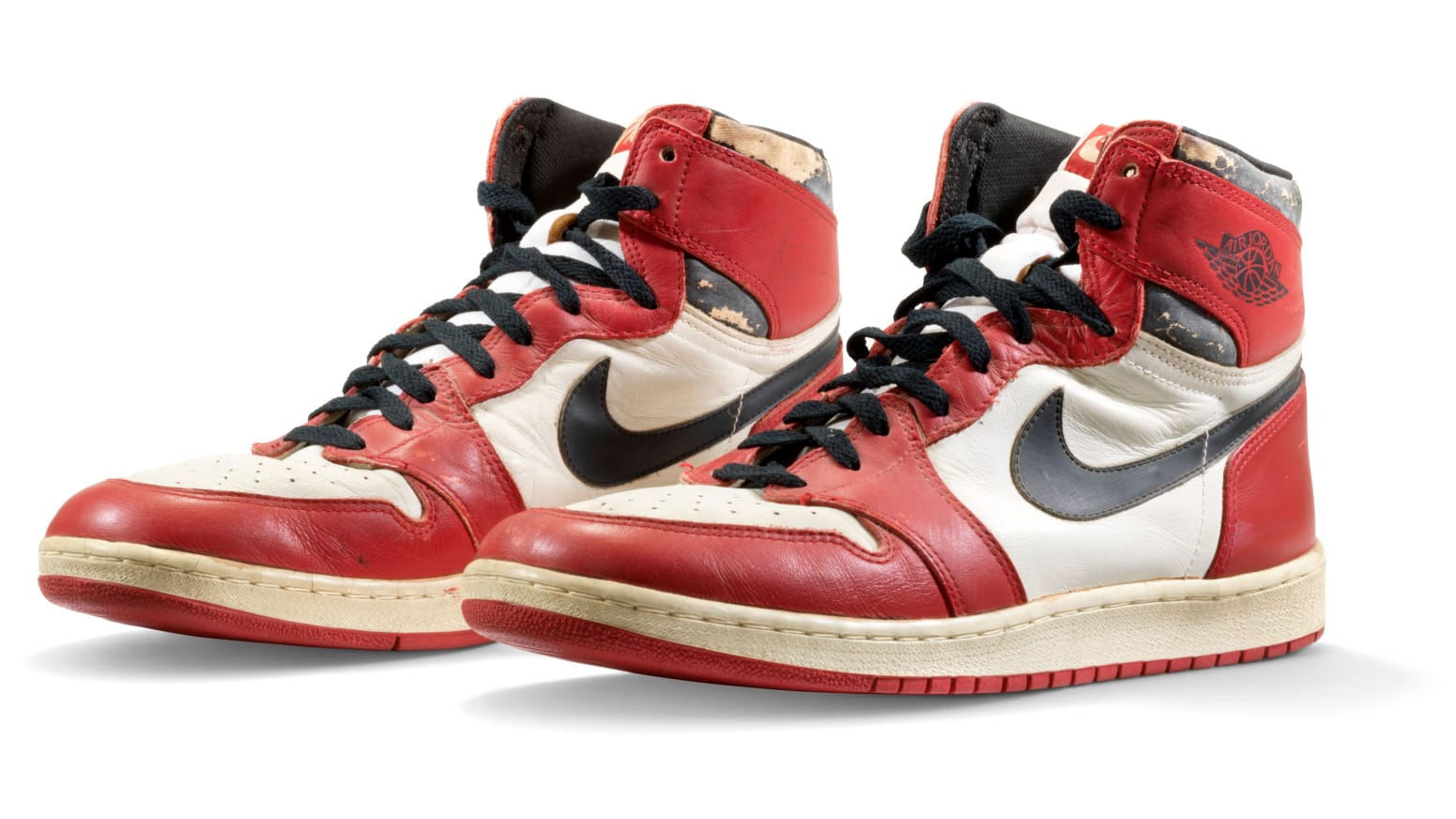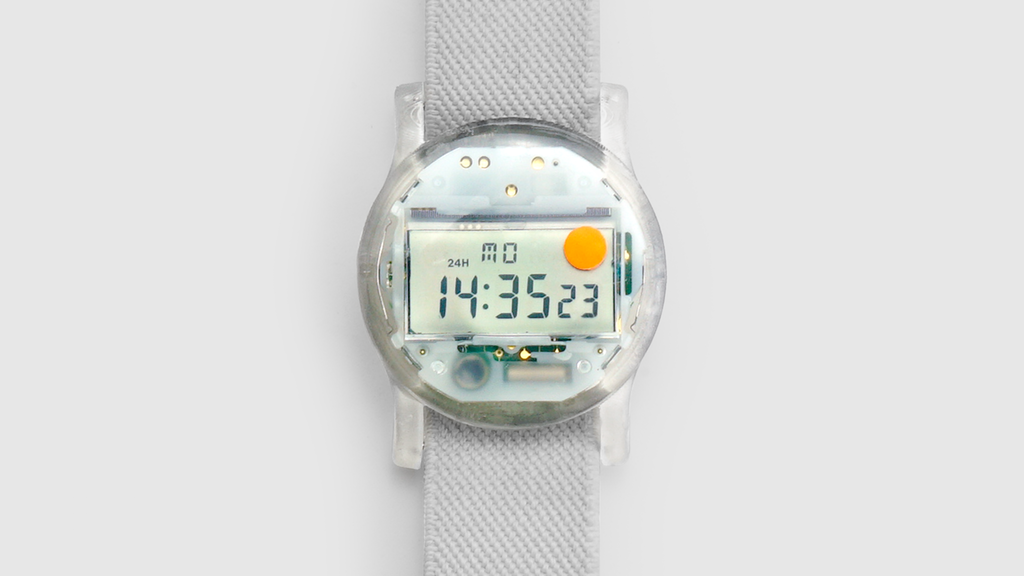Geoffrey Fowler, in an article written for the Washington Post, considers the $1,000 to $1,400 price range of Samsung’s new Galaxy phones as, “hard to justify as much more than a luxury.”
John Gruber responds:
This is the same nonsense we hear about Apple’s phones, post-iPhone X. Yes, phones that cost $1,000 or more are expensive. Yes, that’s outside the budget for most people. But why in the world would anyone argue this is ”hard to justify”? Phones are, for most people, the most-used computing device in their lives. They are also their primary — usually only — camera. A good camera alone used to cost $500-600.
Gruber is correct, but there’s another problem I haven’t seen anyone address that’s been bothering me for quite some time, and that is: these are not phones, they’re pocket computers (feel free to come up with a better name).
If you look at a Galaxy S20 or an iPhone 11 Pro as the descendants of cellular phones, then, yes these are very expensive phones.
Now, on the other hand if you look at these as what they are: the evolution of computers, miniaturized, with the ability to shoot video, watch video, shoot photos, edit photos, map your trips via GPS, browse the Internet, send & receive email, send & receive text messages, read books, listen to music & podcasts, and maybe occasionally make & receive phone calls (to name just a few), then their price tags don’t seem that outlandish (whether or not most people take advantage of all these capabilities is another story).
As George Carlin said:
Because we do think in language. And so the quality of our thoughts and ideas can only be as good as the quality of our language.
They’re pocket computers, not phones.


